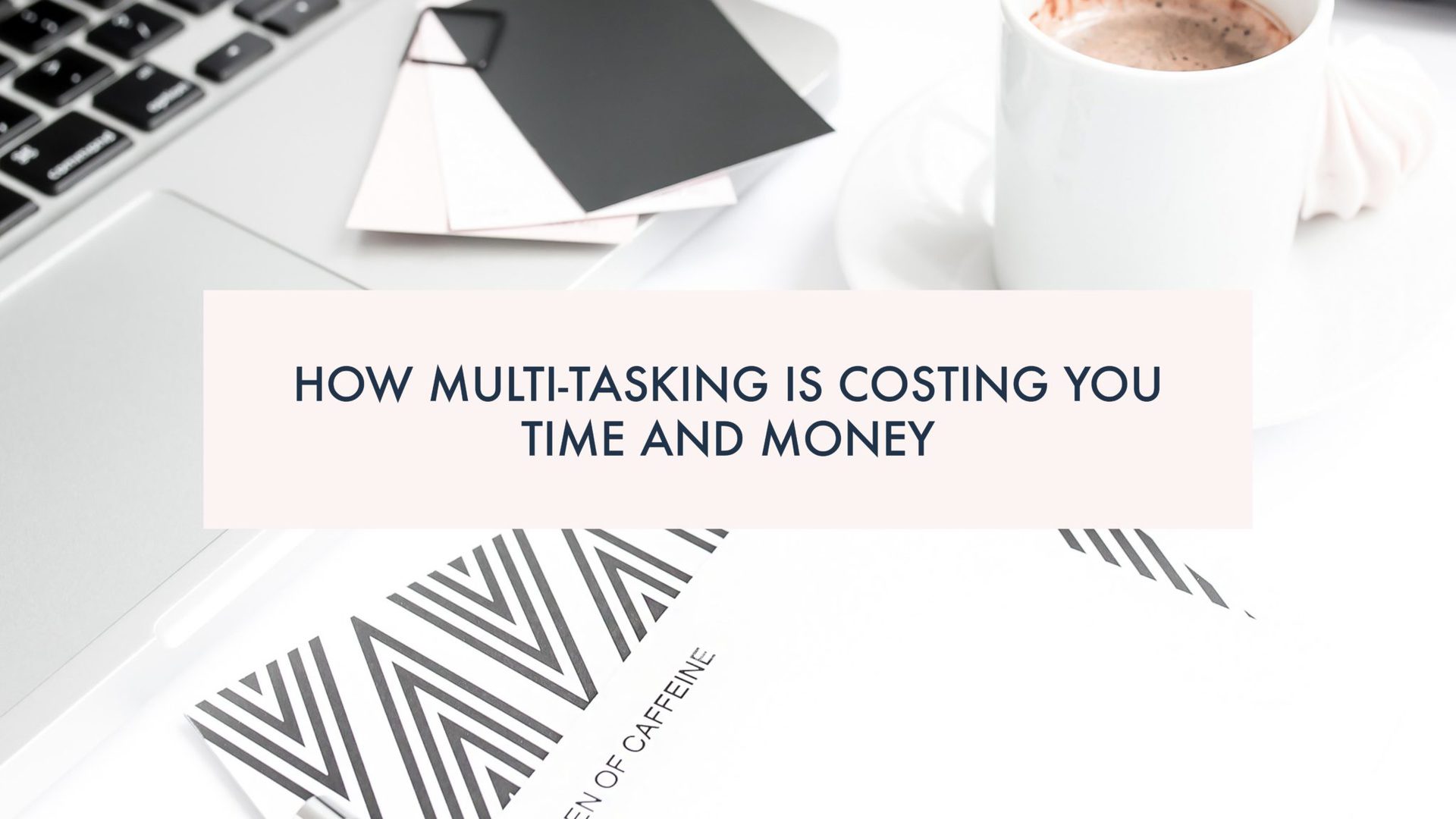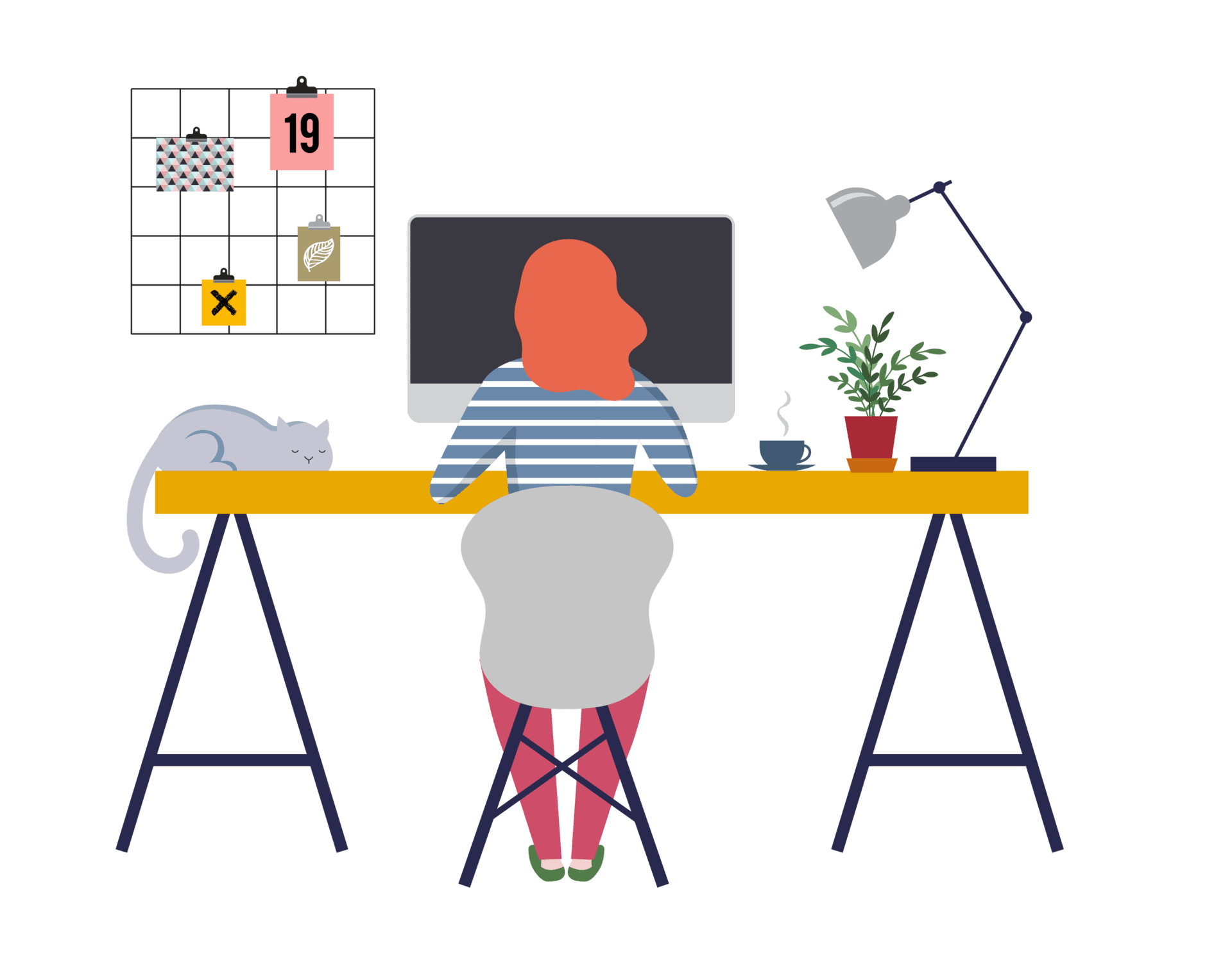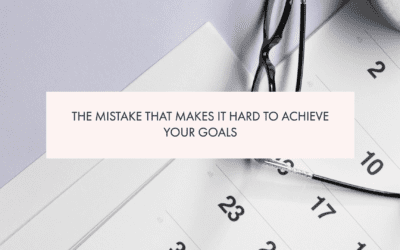As one person businesses (for the most part), we makers have to ensure that we are making the most of the time we have available for our businesses.
Whether you’re working on your business a few hours a week or full time, your time is the most valuable resource you have (and one of the few you can’t get more of).
There’s a lot of advice out there about productivity and a ton of different systems and approaches you can try to manage your time and energy.
But if you’re just looking for a quick fix and a few more hours to get stuff done, there’s one little thing that you can change right now that will give you a huge boost in productivity.
Stop multi tasking.
Specifically, stop context switching.
Context switching is a form of multitasking, but it isn’t the same as updating your Instagram while in line at the post office, or checking emails while on hold on the phone.
It means stopping what you’re doing to work on something that pops up urgently, and then going back to work on the original task (or at least intending to).
So, maybe it goes something like this. Your top task for today is working on photographing your products for your Etsy store and you’re in the middle of it when your phone pings. It’s an email from a customer and they haven’t received their order.
You start writing a reply but then you wonder if they’re really telling the truth about not having received it. So you go over to your computer and check on the tracking number. It hasn’t been signed for yet.
You go back to the email and ask them to wait a few more days but then you wonder if that is breaking consumer law so you go and Google it and maybe check in a few Facebook groups.
While you’re on Facebook you scroll through your newsfeed and see an advert about a class on promoted pins on Pinterest. You’ve been meaning to do something about your Pinterest Boards for a while so you take a look. There’s a free video training and you start watching it but it’s too long and you’ve got too much to do, so you go back to the Facebook Groups to see if anyone has responded to your post about consumer law.
They have and you get a few good ideas but you’re still not sure so you Google it again, find something on the Trading Standards website and realise that your terms and conditions aren’t quite in compliance with the rules.
So you log in to your website to quickly fix it but you’re not quite sure what to write. You wonder if anyone sells terms and conditions templates online, so you Google that and you find some but they’re for a different country and you’re not sure they would cover all the appropriate laws where you are.
By now it’s 4pm and you’ve got to get that email out to the customer so you go back and click send.
And that is the total of what you have accomplished that day.
You responded to one email.
Everything else is unfinished, and honestly you feel pretty exhausted.
Context switching is the worst kind of multi tasking because most of us aren’t even aware that we’re doing it.
We think that we’re just responding to the demands of the day, but what we’re actually doing is allowing anything that pops up to knock us off course and stop us from getting on with the thing that we really know we should be doing.
And until we find a way to get out of the habit of Context Switching any other efforts we make on setting goals or managing our to-do list are just wasted.
We know what we want to do, and we know what is most important for us to do, but we’re not setting the boundaries that make it possible for us to block out all the other distractions and get on with those tasks.
So what is it costing you?
Multitasking is annoying and exhausting and leads to more mistakes, more stress and a lot of wasted time, but did you know that is actually costing you MONEY?
This article from Inc Magazine calculates that multitasking costs the global economy 450 BILLION dollars a year.
It also quotes some other, rather worrying statistics which show that the average time we spend on a task before being interrupted is just 1 minute 15 seconds, and that it takes, on average more than 25 minutes to get back to the original task.
Do this multiple times a day and it’s not difficult to see how we can be busy all day but still get nothing done.
So, it’s clear that multitasking is a bad habit that we’re all guilty of. So, how can we start to break the habit?
Turn off notifications on your phone.
Or better still, turn off your phone.
Set yourself blocks of time where you work without any interruptions from your phone. If you can, switch it off entirely.
If you need to be contactable for family emergencies, consider switching off all app notifications and just using your phone like a regular phone, or consider having a “family emergency” phone that is just a very basic mobile.
Also switch off desktop notifications on your computer. All of those little popups from Facebook and Email are attention thieves too.
Set yourself Office Hours for checking your email and turn it off the rest of the time.
Having your email open all day is another easy way to get distracted from the task you’re trying to complete.
Instead, set yourself between 30 minutes and an hour, once or twice a day to manage your email.
The system that works best for me is to spend just five minutes in the morning organising my email. For any emails that require a quick response, I reply immediately and then put all the others into a folder called “Reply To” or add them as tasks into something like Asana or Trello.
I move all email newsletters or other resources to a folder called “Read Later” and I also have a folder for “Open Orders.”
I always try to get my inbox empty so that it’s not a distraction.
Later in the day, after I’ve done the things I really need to get done, I will reply to all the outstanding emails and deal with the open orders. Then, once or twice a week, I’ll dedicate an hour or so to reading all of the newsletters and other information emails.
Group Similar Tasks Together
You might schedule one day a week to do all of your marketing, scheduling all of your social media posts, writing for your blog post and your email newsletter.
This means that worry about getting them done doesn’t leak into your making time.
You could also have Making days and Admin days, keeping those tasks separate. Or maybe doing your making in the morning and saving the afternoons for your business admin.
You could even have one day a month when you get all of those little admin tasks done. Cleaning up your Etsy store, reordering supplies, hunting for cheaper postage options – all the stuff that usually gets pushed to one side.
We can make a lot more progress when we batch similar tasks, because our brains have less switching to do.
Remember, you can never completely stop distractions but some good habits can help you to make your work time an interruption free zone.
Just imagine what you could get done in all of those extra 25 minute blocks.








